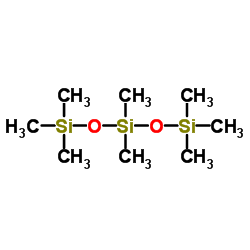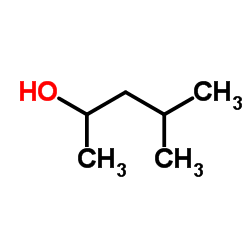| Structure | Name/CAS No. | Articles |
|---|---|---|
 |
Octamethyltrisiloxane
CAS:107-51-7 |
|
 |
Ethanol
CAS:64-17-5 |
|
 |
Hexamethyldisiloxane
CAS:107-46-0 |
|
 |
L-(+)-Lysine monohydrochloride
CAS:657-27-2 |
|
 |
4-Methylpentan-2-ol
CAS:108-11-2 |